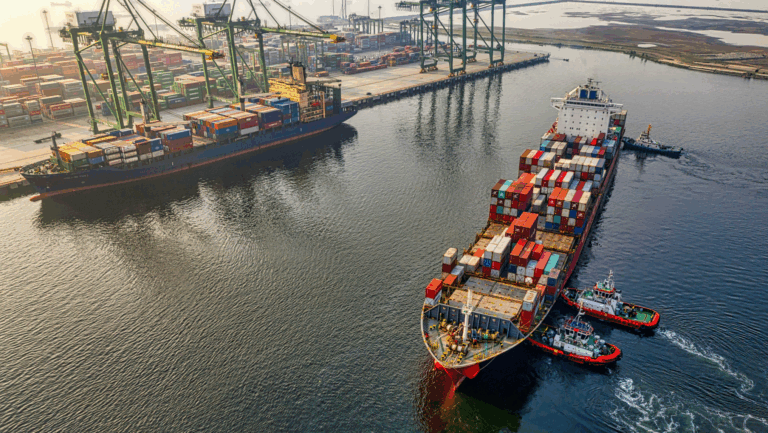How Wildfires Impact the Agriculture Industry
What farmers and ranchers can do to mitigate the risk of fire damage.
In recent years, there have been an increasing number of wildfires across the nation, especially in California. These blazing flames can develop quickly and without warning, lasting for days, weeks, or even months. Rising temperatures and changing weather patterns are mostly to blame for this, and it seems likely that the frequent outbreak of wildfires in certain areas will continue to increase. While farmers and ranchers cannot necessarily prevent these fires from starting, there are certain steps they can take to mitigate the risk of damage to their own property.
The Financial Burden of Fire Damage on Farming
It goes without saying that anyone who loses their home or business to fire damage suffers a great loss. For farmers and ranchers, this loss is amplified because of their living situation. Most farm operators live on the land that they farm, so when a wildfire strikes, they lose both their home and business simultaneously.
The Ripple Effect of Wildfires Can Last for Years
Besides the loss of building structures (homes, barns, storage facilities, etc.), farmers can lose equipment, livestock, living crops, and stored commodities. What has taken these families and businesses years to cultivate and optimize with systems such as irrigation structures, can all disappear in just seconds.
Perhaps the most underrated loss, or at least the one that is most overlooked, is time. The road to recovery after a wildfire is a long one. Rebuilding is not only costly, but it also takes an incredible amount of time. Therefore, taking the necessary steps to secure your operation against potential fire exposure can help guard against the immense emotional, physical, and financial stress that comes with fire loss.
Mitigating the Risk of Wildfire
Understanding how large the losses could potentially be, it’s beneficial for landowners to do everything in their power to prevent the spread of wildfire onto their land. Here are some steps that can help manage the risk of wildfire:
1. Follow safety regulations: First and foremost, stay up-to-date on the safety warnings and regulations issued by your state—and adhere to them. It’s important to know when burn bans are in place and if there are particular areas that are more vulnerable than others.
2. Recognize fire hazards and make a plan: Identify the areas on your property that would be most vulnerable to a fire, like old barns or hay and straw storage facilities. Take measures to protect these structures to reduce the potential loss of valuable assets. Additionally, learn about how to treat crops and land after heat exposure, in case the worst does happen.
3. Eliminate invasive plants, like weeds and cheatgrass: While heat and weather are often responsible for starting wildfires, invasive grasses fuel the fire’s rapid and intense spread. These plants are incredibly flammable, making them very dangerous to have near crops and storage structures.
4. Ramp up targeted grazing: By directing livestock to feed on grasses that are ideal for wildfire, it’s possible to kill two birds with one stone—feeding animals while simultaneously decreasing potential fire fuel.
Resilient in the Face of Natural Disasters
As with any natural disaster such as wildfires, there is an element of unpredictability. It can be difficult to make the decision to invest in property upgrades to protect your operation from these disasters. However, in our experience, our farmers and ranchers find that the financial burden is outweighed by the reduced damage-risk to their property and peace of mind they gain.
Speak to our land loan specialists today to learn how we can create a custom farm loan to help you access more working capital for your agricultural operation.






